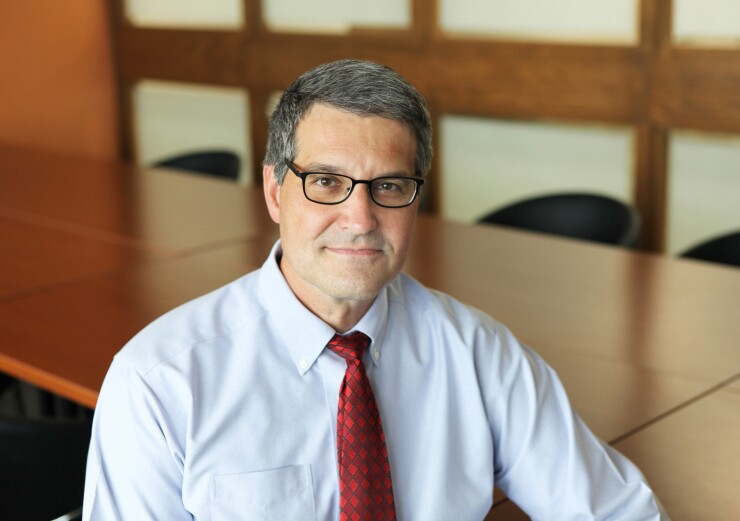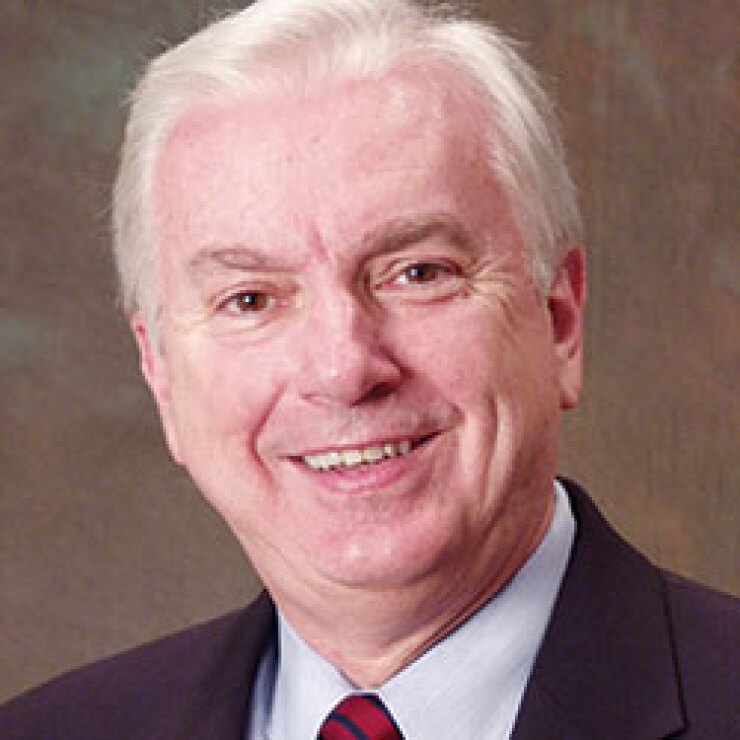A scathing exposé on lending practices regarding taxi medallions has propelled credit unions into the national spotlight.
Recently the New York Times
Now several investigations have been launched. It’s possible that the credit union industry, including the National Credit Union Administration, will continue to be embroiled in the scandal.
“There was a lot of blame to go around, but I’m not sure that NCUA deserves a bigger helping than anybody else,” said John McKechnie, a partner at the D.C.-based consultancy Total Spectrum and a former NCUA staffer. “Ramifications are hard to guess. I think there’s already been a penalty in the marketplace.”
The New York Times reported abusive practices by credit unions when lending to taxi medallion borrowers. This included providing interest-only loans, hidden fees and even having one taxi driver lie about his income. He made $25,000 a year but the credit union had him list $128,389 on the loan application, according to the New York Times.

That led to New York City Mayor Bill de Blasio ordering a joint investigation by the Taxi and Limousine Commission, the Department of Finance and the Department of Consumer Affairs into the predatory practices the New York Times outlined. The investigation will "identify and penalize" predatory brokers who took advantage of buyers, according to the mayor's release.
The mayor’s office declined to discuss specifics of the investigation, but emphasized that taxi medallion brokers would be the main focus.
The New York Attorney General’s Office has also opened an inquiry into the lending scheme.
Sen. Chuck Schumer, D-N.Y., wrote a letter to Rodney Hood, NCUA’s chairman, requesting that the agency immediately review its own supervisory practices for CUs that engaged in taxi medallion lending. Schumer also requested that the agency possibly accelerate changes already being considered in response to an Inspector General’s report, such as focusing on concentration risk issues, examination quality control procedures and annual examination scope requirements.
An NCUA spokesperson said that the agency had received Schumer’s letter and was reviewing it. The agency was unable to comment on "speculation about possible actions that might be taken by any government agency regarding taxi medallion credit unions."
At this time, it is unclear whether NCUA will be at the center of the investigations. But there was an obvious breakdown of regulatory oversight that allowed credit unions to make risky taxi medallion loans, according to some experts.
"It's hard to see that any regulatory body made any effort to put the brakes on this until it was [too] late and obviously, people saw Uber and Lyft,” said Jon Winick, CEO of Clark Street Capital, an advisory firm that specializes in loans sales, due diligence and valuations. “This was a crash that people saw coming."
Credit unions were given more leeway in making taxi medallion loans in the years prior to the medallion market collapsing. In 1998, Congress exempted taxi medallion loans from the member business lending cap. After that, NCUA allowed credit unions to require a 20% down payment on business loans rather than the traditional 30%, said Dennis Dollar, who was chairman of NCUA’s board from 2001 to 2004 and now works as a consultant.
At the time, the industry was confident in taxi medallion loans since no credit union had lost money on these credits. In fact, medallion loans performed outstandingly well and were not considered risky loans, said Mike Schenk, the Credit Union National Association’s chief economist.

The cost of taxi medallions was also steadily increasing, going from around $200,000 in 2002 to topping $1 million in 2011. That gave lenders further confidence in the market.
But once the medallion bubble burst, borrowers were unable to repay their loans and as a result, a number of credit unions, including
A March report from NCUA’s Office of the Inspector General said poor board oversight allowed some taxi medallion credit unions to engage in weak risk management practices that went unchecked and contributed to “deficient asset quality issues.”
The OIG recommended that NCUA "institute a formal process to regularly identify, analyze and document concentration risk issues in credit unions.” NCUA management agreed to this change and is considering implementing something by Dec. 31, 2020.

There were also oversight failures by New York regulators since the largest credit unions engaged in taxi medallion lending were state chartered.
“If NCUA can be faulted fairly for a mistake following Uber, it was in conjunction with the state regulators by not forcing more diversification in the loan portfolios of the medallion credit unions,” Dollar, who was named in the New York Times coverage, wrote in an e-mail. “Even though Congress had exempted taxi medallion credit unions from the MBL concentration limit cap in 1998, NCUA did have the supervisory authority to force them to move into other areas of lending as well as medallion loans.”
Though some trade groups were surprised with the New York Times coverage, most remained unconcerned with any long-term damage to the industry.
“While a select few credit unions may have overexposed themselves to such risk, these instances are an extreme aberration in an industry of over 5,400 credit unions,” said Curt Long, chief economist and vice president of research at the National Association of Federally-Insured Credit Unions.

Mirela Alexe, CEO of the Bronx, N.Y.-based Van Cortlandt Cooperative Federal Credit Union, blamed the rise of ride-sharing apps for the lending crisis. The $64 million-asset Van Cortlandt has been involved in taxi medallion lending.
Alexe said that she didn't believe the allegations in the New York Times coverage since her credit union's loans were thoroughly examined by the NCUA.
"It's very hard for me to believe that such a thing really happened because every approved loan was reviewed at least once a year by our federal examiners therefore, I doubt that could have actually happened,” she said.
“It was not something that credit unions could control,” she added.
Still, the industry could face additional criticism and a reputational hit. Last week the American Bankers Association used the New York Times coverage as a
The “reporting on NCUA’s supervisory failures in New York’s taxi medallion business only further calls into question why this regulator would now propose to allow credit unions to accept more non-member and municipal deposits,” Ken Clayton, head of the ABA’s office of legislative affairs, said in a statement last week.
The New York Times coverage portrays credit unions and other lenders as knowingly making loans to borrowers, including immigrants, who might struggle to repay them. That contrasts how the industry often likes to promote itself – being friendly to members, especially the underserved and other marginalized groups, who may not have access to mainstream banking services otherwise.
“There's a really strong case to be made that a lot of these borrowers didn't know what they were getting into,” Winick said. “If you look at these loans at origination – forget Uber, forget Lyft – they had very little margin for error to begin with. They were probably always bad loans."





